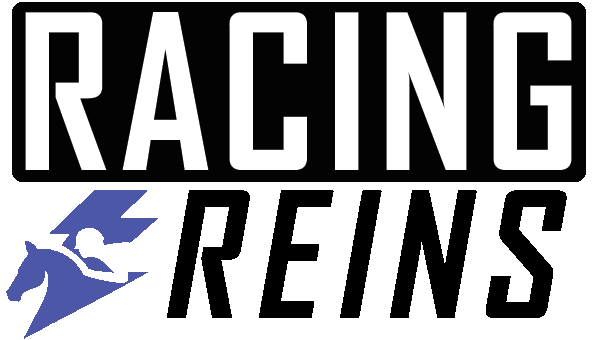
Owner Rick Dawson is planning to return his Kentucky Derby winner horse, Rich Strike, to racing following a series of stem cell treatments to heal ongoing issues with the suspensory ligaments in his front legs, with the hope that successful races will increase the horse’s value as a stallion.
‣ Rick Dawson, owner of Kentucky Derby winner Rich Strike, has been uncertain about the horse’s career due to ongoing health issues, specifically with the suspensory ligaments in his two front legs.
‣ After considering selling Rich Strike as a stallion prospect, Dawson decided to continue treatment for the horse’s health issues, including stem cell treatments, in hopes of returning him to racing.
‣ Dawson’s ultimate goal is to increase Rich Strike’s value as a stallion by proving his ability to race at a high level again, despite the uncertainty and risk involved in the process.
Rick Dawson, the owner of GI Kentucky Derby winner Rich Strike (Keen Ice), has been a bit of a flip-flopper. One day he’s planning a comeback for Rich Strike, the next he’s considering selling him as a stallion prospect. Then it’s back to planning a return to the races.
But Dawson isn’t just indecisive. He’s responding to a situation that’s constantly changing.
A few weeks before a sale, Dawson had planned to send Rich Strike to Gulfstream Park. They were going to prepare him for racing under Bill Mott’s guidance. But then, they decided to have him examined one more time at Rood and Riddle. They wanted to play it safe, so they did an ultrasound.
The previous ultrasound had been good, so they were confident. But this ultrasound showed that Rich Strike’s healing had regressed. He had almost replaced all the scar tissue, and it seemed to be repaired. But after the ultrasound, they canceled his transportation to Florida the next morning.
So, they entered him in the Keeneland November Horses of Racing Age sale as a stallion prospect. But Dawson was able to read the room. With Rich Strike’s recent dismal performances, his value as a sire prospect had never been lower.
Dawson had a gut feeling. He didn’t think he would get what he was hoping for if Rich Strike became a stallion at this point in his career. So, they moved on to Plan C: trying to get him back to the races after all.
Under Dr. Larry Bramlage’s advice, Rich Strike began undergoing stem cell treatments. These were aimed at healing the problems he’d been having with the suspensory ligaments in his two front legs.
After the sale, Dawson was left wondering what to do next. He started exploring other options. He talked to Dr. Bramlage about stem cell treatment. They were so close to getting Rich Strike back before. If stem cells could help, it could make a real difference.
Rich Strike isn’t terribly injured. He just has an ongoing nagging issue. So, they thought if they could heal him, he could race again. And not just race, but race at a high level and win. That would increase his value as a stallion.
But for Dawson, it’s not about the money. He wants to give Rich Strike access to good mares. He wants to give him a fair chance to produce great offspring. If a stallion is only covering mediocre mares, its career will be short.
So, the hope is to get Rich Strike healthy. Then, they can turn him over to one of the best in the business, Bill Mott.
Bill Mott believes that if Rich Strike can get back to 100%, he can return to his previous level. He could perform as well as he did in his Derby race, his Travers, the Lukas Classic. Other races where he did really well. Dawson agrees with Mott.
The stem cell treatments have had mixed reviews. Some trainers and owners say they haven’t had much success with them. Others say they’ve had a lot of success. If Dawson can’t get Rich Strike healed and back to a point where he can withstand training and racing safely, he will retire him. But as long as he feels like they’re improving his health, he’s all for it.
Rich Strike is currently at Margaux Farm. All he’s doing is walking, and he’s not yet back under tack. Dawson is aiming for him to join Mott in April and begin serious training. But that plan could change if the vets don’t like what they see from future ultrasounds.
Dawson knows this plan isn’t a sure thing. But he believes it’s the best possible route to take.
“All this means is that we’re going to have a year off and haven’t gotten beaten up,” Dawson said. He’s noticed that in Rich Strike’s age group, more and more horses are being retired. He hopes that when Rich Strike turns five, he’ll be back in great condition. He could be older, bigger, and better.
If they can get Rich Strike back to good health and he wins a race or two, it will not only further his resume as a racehorse. It will also increase his value as a stallion. Dawson believes the risk is worth taking.
